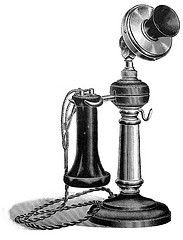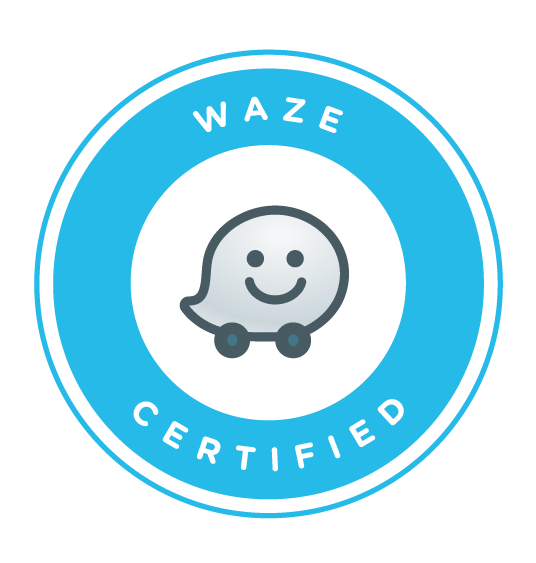The phone can be a great tool when used in the right way.
It’s cost effective, saving time in costly meetings and long distance travel. With the advent of mobile phones, it became even more useful. Phone calls can now be made from anywhere you can get a signal. You can just as easily speak with clients if you are on a train as you can if you are in your office.
Even with multi-person conference calls, using a phone is a very focussed form of communication, and absolutely perfect for customer services.
When you try to use a phone to do the “Hard Sell” it’s not as effective. Cold calling is a sales method that grew into an art form in the 1980’s, and should have stayed there, but is past it’s sell by date. Now we are seeing the use of the automated cold call; a nightmarish event whereby a recorded message is played when the person answers.
Whatever happened to building trust and a relationship?
What’s the difference between a phone and Twitter?
Twitter is very much like a phone, in that it’s a tool used to communicate to people. Many, when they refer to Twitter, infer that it is Social Media, but they are wrong; Twitter like a phone it is a social tool. A form of communication, solely a conduit through which messages are passed.
Whilst it is possible to have a private “one to one” conversation via Twitter, using direct messaging, it is more usual to have conversations in the open. If you do converse with an individual it can often be done in full view of others. And if you are providing help or assistance this can go a long way to building your credibility.
Just as when you use the phone, a pure sales message gets little attention, many people will hang up on you (Unfollow in Twitter terminology), just as they would a cold call. If you start automated sales messages then your efforts are likely to lead to nothing.
Treat Twitter like a phone
If you visualise using Twitter like you would a phone, you’ll soon see that it’s not Twitter you should be measuring your ROI against. The messages you are sending through it should be the subject of your scrutiny and measurement. Start testing the effectiveness of different styles of communication with your audience, alongside timing and frequency.
Twitter is just a tool enabling you to communicate to your audience. The way in which you use it will determine it’s effectiveness. It is it’s implementation that makes it fail or succeed as a method of producing a positive Return On Investment. Twitter itself should not be in question.
Do you use Twitter for cold calling, or for building relationships?






